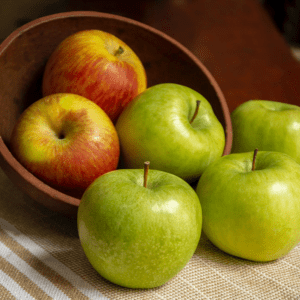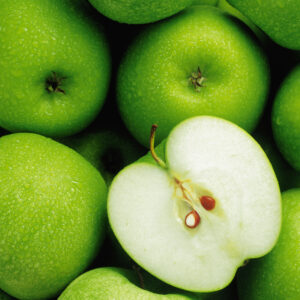GRAPES
“Vitis vinifera” contain vitamins B & K,minerals,copper and Full of antioxidants
Product description
Grapes come in different colors and forms. There are red, green, and purple grapes, seedless grapes, grape jelly, grape jam and grape juice, raisins, currents, and sultanas, not to mention wine.
Up to 8,000 years ago, people first cultivated grape vines in what is now the Middle East.
Today, 72 million tons of grapes are grown each year worldwide, mostly to produce wine. Every year, 7.2 trillion gallons of wine are produced. Grapes are also a popular finger food.
The nutrients in grapes offer a number of possible health benefits. They have been associated with prevention of cancer, heart disease, high blood pressure, and constipation.
A diet that is rich in fruits and vegetables has been linked to a reduced risk of various conditions, including heart disease, diabetes, cancer, and obesity.
Like other fruits and vegetables, grapes are a good source of fiber and water.
Antioxidants and other nutrients in grapes may make them particularly healthful, although more research is needed to confirm some of their benefits.
Here are some the supposed health benefits for which the NMCD says there is evidence that grape products are possibly ineffective for:
- Hay fever
- Nausea and vomiting caused by chemotherapy
- Breast Pain
- Overactive Bladder
- Weight loss
Grapes May Lower Blood Pressure and Boost Heart Health
Although the NMCD notes there’s insufficient evidence that grapes can improve heart health and lower blood pressure, research so far suggests there may be promise. For example, a systematic review of randomized, controlled human trials found that a variation of grapes (grape seed extract) lowered participants’ systolic blood pressure (the pressure in the blood vessels when the heart beats) and heart rate. But the authors wrote that the extract has no effect on cholesterol or diastolic blood pressure. They called for larger studies over a longer period of time to confirm grape seed’s contribution to cardiovascular health.
A subsequent review of randomized, controlled human trial published in 2016 saw a beneficial impact on blood pressure, particularly in young and obese adults, and likewise called for larger, long-term studies of the extract.
A 2019 review of 15 studies involving 825 participants suggested that grape seed extract might help lower levels of LDL cholesterol, total cholesterol, triglycerides, and the inflammatory marker C-reactive protein. The individual studies, however, were small in size, which could affect the interpretation of the results.
But of course, none of these studies involved whole grapes, so don’t go eating them to improve heart health just yet.
There are approximately 8,000 varieties of grape grown across the globe. Among the most popular kinds are:
The European grape (V. vinifera), which is the kind most commonly used in wine-making. From albariño to zinfandel, the varietals from which our favorite wines are fermented run the gamut of colors, shapes, and flavors. Many popular table grapes, including the Thompson seedless (the bestselling grape in the United States), are also variations of V. vinifera.
The fox grape (V. labrusca) is native to North America. Generally, its varieties are lower in sugar content and higher in acid than European grapes. The most popular variety of V. labrusca is the Concord grape. Blue-back in color, with an in-your-face sweetness, Concord grapes make fabulous jellies, jams, juices (think Welch’s), and kosher wines.
French-American hybrids came about because European grapes are on the delicate side, unable to withstand weather extremes and susceptible to diseases. French grapes, in particular, have been hybridized with hardier American grapes to form varietals such as chardonel and vidal blanc; and in some cases French varietals such as merlot and pinot noir have been grafted onto disease-resistant American rootstock.
The muscadine grape (V. rotundifolia) is a species from the American South that is known by its small, thick-skinned berries and musky flavor. It is made into juices, jellies, and dessert wines.
grape, (genus Vitis), genus of about 60 to 80 species of vining plants in the family Vitaceae, native to the north temperate zone, including varieties that may be eaten as table fruit, dried to produce raisins, or crushed to make grape juice or wine. The grape is usually a woody vine, climbing by means of tendrils (modified branches) and when untrained often reaching a length of 17 metres (56 feet) or more. In arid regions it may form an almost erect shrub. The edible leaves are alternate, palmately lobed, and always tooth-edged. Small greenish flowers, in clusters, precede the fruit, which varies in colour from almost black to green, red, and amber. Botanically, the fruit is a berry, more or less globular, within the juicy pulp of which lie the seeds. In many varieties the fruit develops a whitish powdery coating, or bloom.
Suppliers
- USA
- CHINA
- AUSTRALIA



